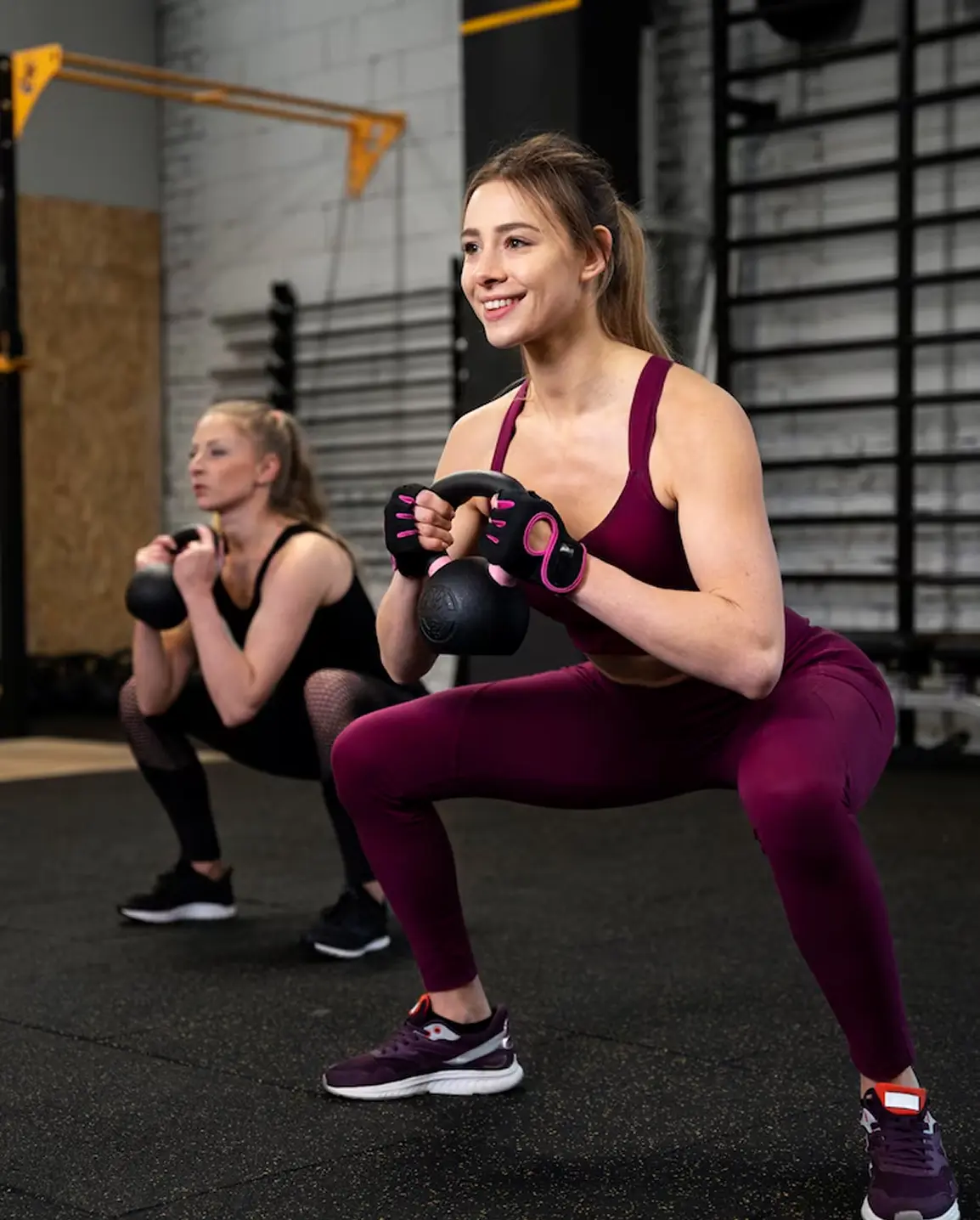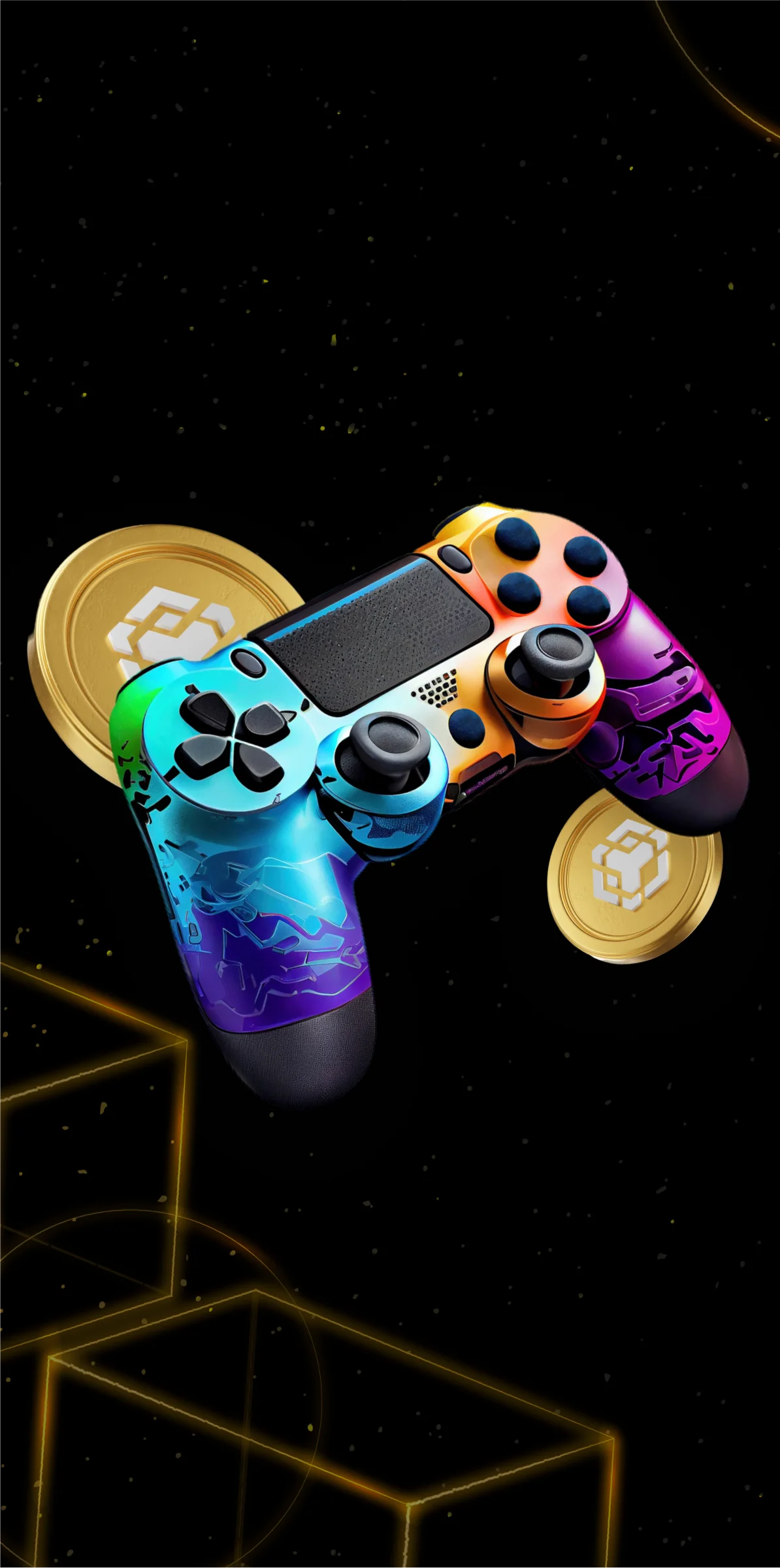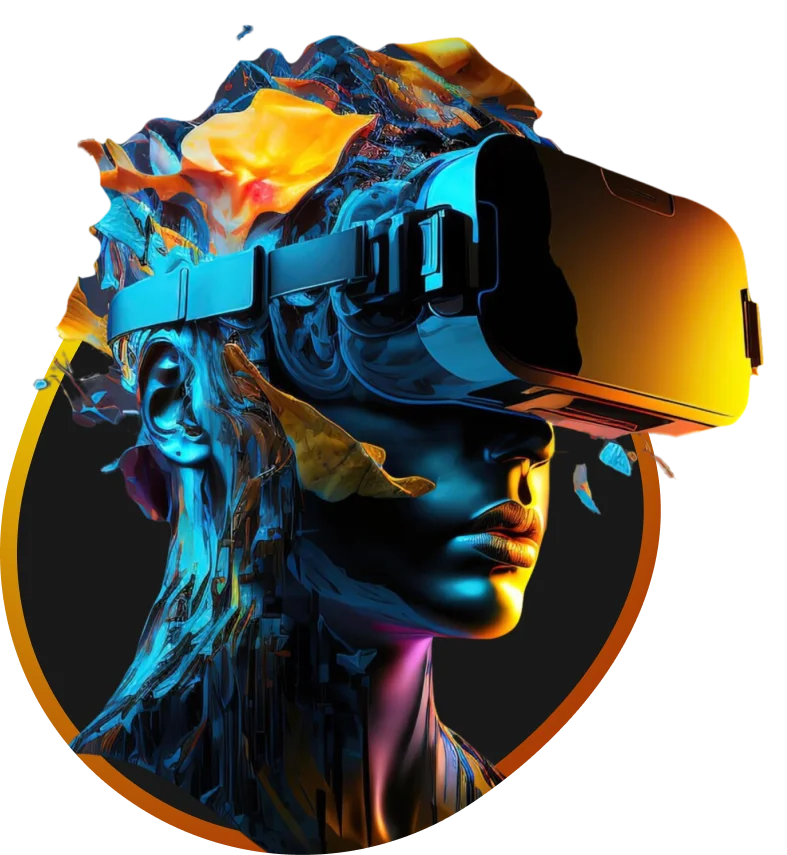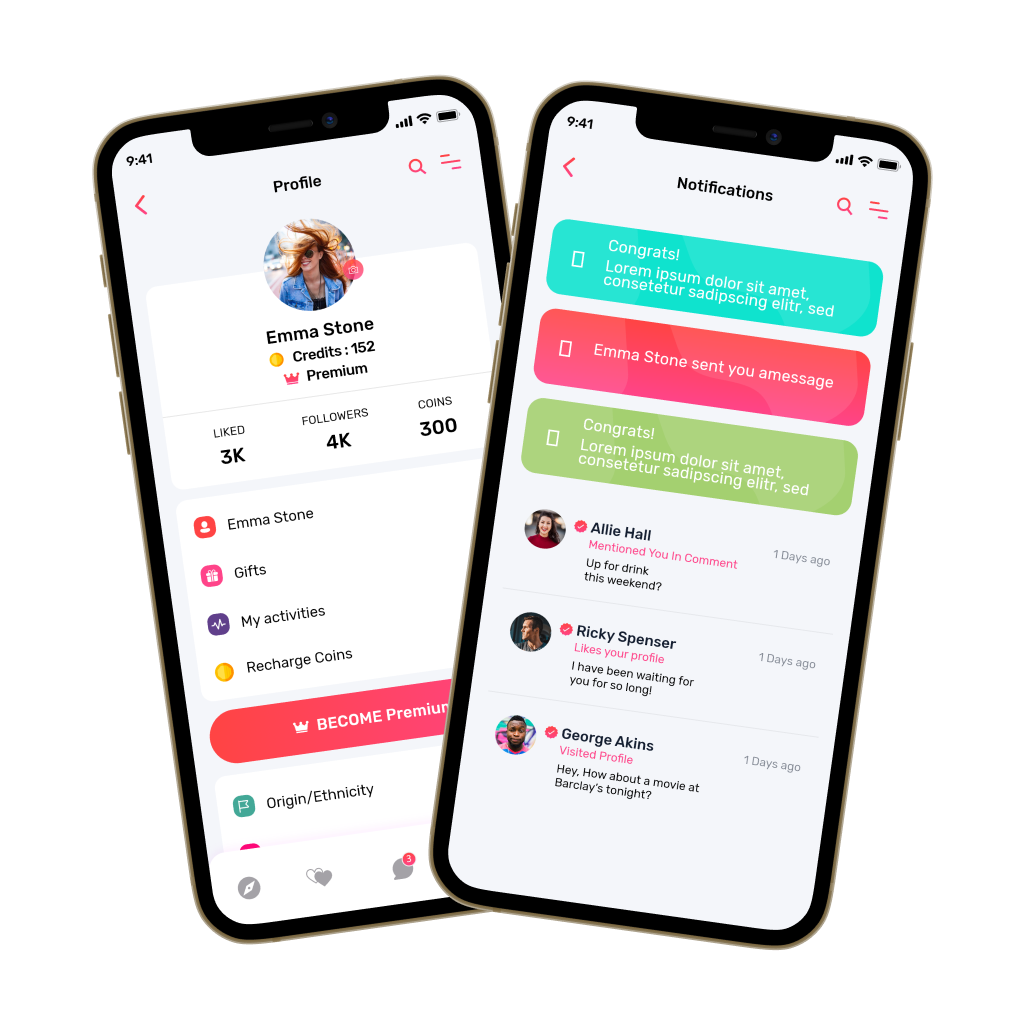AI health and nutrition apps like SnapCalorie are transforming meal tracking. Users can take a photo to receive instant, AI-powered nutritional insights with a photo calorie app like SnapCalorie. With growing health-conscious lifestyles, these apps simplify diet tracking and provide personalized analysis. As technology evolves, AI calorie tracking will reshape health management, making it easier and more accurate.
This trend offers businesses a lucrative opportunity. A photo calorie-tracking app like SnapCalorie can target health-conscious users. Integrating AI and machine learning enables companies to develop a competitive product that simplifies nutrition management and provides accurate dietary recommendations. As the fitness-tech landscape evolves, those investing in AI-powered solutions gain a significant edge in the health and wellness industry.
In this blog, we will talk about how AI photo calorie apps like SnapCalorie are revolutionizing nutrition tracking. We’ll discuss their functionality, key features, technology, and development process, along with monetization strategies, cost breakdowns, and reasons for businesses to invest in this market.
Why Are Businesses Investing in AI-Powered Calorie Tracking Apps?
The health-tech industry is experiencing increased investments, especially in AI calorie-tracking apps. In 2024, global diet and nutrition apps were valued at about $2.14 billion, projected to grow at a CAGR of 13.4% from 2025 to 2030. This growth stems from rising consumer health awareness and demand for innovative nutrition management solutions.
Success stories like MyFitnessPal and CalorieAI exemplify the lucrative potential of this market. MyFitnessPal has empowered countless users to achieve significant weight loss and health improvements through its user-friendly calorie-tracking features.
Investing in AI calorie-tracking apps offers a strong opportunity in a growing market. These apps use AI and machine learning to provide personalized nutritional insights, enhancing user engagement and satisfaction. As health tech evolves, businesses in this sector can meet increasing consumer demand for effective health management tools.
What is the Photo Calorie App SnapCalorie?
SnapCalorie is an AI-powered nutrition tracking tool that simplifies how users monitor their dietary intake. Instead of manually entering food details, users take a picture of their meal, and the app’s AI analyzes the image to identify food items, estimate portion sizes, and provide an accurate calorie count. This technology leverages computer vision, machine learning, and extensive nutrition databases to deliver precise dietary insights in seconds.
Key Features of SnapCalorie
These are some of the key features of SnapCalorie that make the app unique.
1. Image Recognition & Portion Estimation
The app uses advanced AI algorithms to recognize different food items from images. It can differentiate between various ingredients, detect portion sizes, and even identify mixed dishes, offering a detailed nutritional breakdown.
2. Nutrition Database Integration
SnapCalorie connects with vast food databases to ensure accurate calorie estimations. Cross-referencing image analysis with nutritional information provides users with real-time macronutrient and micronutrient details for informed eating decisions.
3. Meal Logging & Calorie Tracking
The app automatically logs meals based on AI analysis, reducing the need for manual input. Users receive daily calorie and nutrient summaries, helping them maintain a balanced diet and track their intake effortlessly.
4. User Profiles & Progress Tracking
Personalized user profiles allow individuals to set fitness goals, monitor progress, and receive tailored dietary recommendations. Over time, the app refines its accuracy based on user habits and feedback, improving meal recognition and calorie estimations.
How Does a Photo Calorie App Work?
A photo calorie app like SnapCalorie relies on artificial intelligence, computer vision, and machine learning to analyze food images and provide accurate nutritional insights. The entire process happens in a matter of seconds, transforming a simple food photo into valuable dietary data. Here’s how the technical workflow operates:
1. User Uploads Food Photo
The user begins by taking a picture of their meal using the app’s built-in camera or uploading an existing photo. The app’s front-end interface ensures a smooth user experience, often providing tips for better image capture to improve accuracy. Once the image is uploaded, the app sends it to the back-end processing system, where AI-powered algorithms take over.
2. AI Processes Image
At this stage, the app uses computer vision and machine learning models to analyze the photo. The app’s machine learning models are trained on vast datasets to help refine the accuracy of object detection and portion estimation:
- Food items and ingredients: The app accurately identifies various foods and ingredients in a meal, distinguishing between whole foods, mixed dishes, and processed items for precise calorie estimation.
- Portion sizes and serving amounts: By analyzing the dimensions and depth of food items, AI estimates portion sizes to provide a more accurate calorie count, reducing errors caused by user guesswork.
- Contextual information: The AI considers plate size, utensil placement, and other background elements to enhance portion estimation, ensuring better accuracy in calorie tracking.
3. Food Recognition & Calorie Estimation
Once the AI identifies food items, it checks them against a comprehensive nutrition database to provide calorie values, macronutrient breakdown, and micronutrient data. More advanced models are able to differentiate between foods that appear similar and consider preparation methods, e.g., fried chicken vs. grilled chicken, to provide more precise calorie estimation. Some apps even enable users to verify or adjust results to improve accuracy.
4. Nutritional Data Display & Logging
After recognizing food and estimating calories, the app provides a detailed nutritional breakdown and automatically logs the meal. This seamless process enhances user engagement and promotes consistent tracking habits.
- Total calories per meal: The app calculates the overall calorie content of a meal based on recognized food items and portion sizes, helping users stay within their daily calorie limits.
- Macronutrient composition: It provides a detailed breakdown of macronutrients, allowing users to track their intake of carbohydrates, proteins, and fats to support balanced nutrition.
- Micronutrient values: If your food has any micronutrient values, the app includes essential vitamins and minerals, offering deeper insights into nutrient density and helping users meet their dietary needs.
- Suggested daily intake based on user goals: The app customizes daily calorie and nutrient recommendations based on user goals, such as weight loss, muscle gain, or general wellness, ensuring a more personalized approach to nutrition.
5. User Insights & Recommendations
The app analyzes meal history to provide insights into calorie trends, nutrition balance, and AI-driven recommendations. Advanced versions sync with wearables for holistic health tracking, while AI adapts over time to suggest smarter meal choices.
- Calorie trends: The app tracks daily calorie intake over time, comparing it to fitness goals and helping users adjust their diet for better results.
- Nutritional balance: By analyzing macronutrient and micronutrient intake, the app identifies deficiencies or excesses, ensuring users maintain a well-balanced diet.
- AI-driven recommendations: Based on eating patterns, the app suggests healthier alternatives and portion adjustments to promote smarter food choices and long-term dietary improvements.
Key Features to Have in a Photo Calorie App
To develop a successful photo calorie-tracking app, businesses must focus on AI automation, user-friendly design, and advanced nutrition analytics. Here are the key features that ensure seamless functionality and user engagement.
1. AI-Powered Food Recognition
AI-driven food recognition is the core of a photo calorie app. Using computer vision models like TensorFlow and Google Vision API, the app can analyze food images, identify individual items, and estimate portion sizes. These models are trained on extensive food datasets, allowing them to differentiate between various dishes, cooking styles, and ingredients.
2. Barcode Scanner for Packaged Foods
A barcode scanner simplifies tracking by allowing users to scan packaged food items and instantly retrieve nutritional details. By integrating with global food databases, the app eliminates the need for manual input, making it easier to log snacks, beverages, and meal replacements.
3. Nutrition Database Integration
To ensure accuracy in calorie estimation, the app should connect to reputable nutrition databases such as USDA FoodData Central, MyFitnessPal API, and Open Food Facts. These integrations allow users to access precise macronutrient and micronutrient information, ensuring reliable dietary tracking.
4. Meal Logging & Calorie Tracking
Once food is recognized, the app should automatically log the meal, providing users with daily, weekly, and monthly calorie summaries. Users can monitor macronutrient distribution, adjust entries manually, and track their progress effortlessly. This automation streamlines the tracking process, making it more user-friendly.
5. User Profiles & Goal Setting
A personalized experience enhances user engagement. The app should allow users to create profiles by entering details like age, weight, height, and activity levels. Based on their goals, whether weight loss, muscle gain, or maintenance, the app should set personalized calorie and nutrient targets to keep users motivated and on track.
6. Portion Size Estimation
Accurately measuring portion sizes is a challenge in calorie tracking. By leveraging 3D depth-sensing technology and reference objects like plates or utensils, the app can estimate portion sizes more precisely. This feature reduces errors in calorie estimation, making nutrition tracking more reliable.
7. Diet Recommendations
AI-driven insights can enhance user experience by offering personalized dietary recommendations. The app can suggest daily meals, highlight nutrient deficiencies or excesses, and send smart notifications to help users stay on track. Over time, AI adapts to user preferences, making the recommendations more accurate and relevant.
Step-by-Step Development Process of the Photo Calorie App
Developing a photo calorie app requires meticulous planning and execution across multiple technical and business domains. This is a detailed development process to transform your concept into a market-ready product that stands out in the growing health tech space.
1. Consult & Market Research
Before development, thorough market research is essential to understand user behavior, industry trends, and competitor strategies. Consult experienced developers and market researchers to analyze apps like SnapCalorie and identify strengths and weaknesses. The demand for AI-powered nutrition tracking offers an opportunity to create a more advanced, user-friendly app. Competitive analysis helps determine unique features, pricing models, and monetization strategies that make the app stand out.
2. UI/UX Design
A well-crafted UI/UX is crucial for user engagement and retention. Tools like Figma and Adobe XD are used to design wireframes and prototypes, ensuring a seamless user experience. The front end is developed using React Native for cross-platform compatibility, while Swift (iOS) and Kotlin (Android) are used for native performance optimization. The interface should focus on simplicity, with intuitive meal logging, a visually appealing dashboard, and smooth navigation across different devices.
3. AI Model Training
AI-powered food recognition is the core of the app, requiring extensive training with machine learning models. TensorFlow and PyTorch are used to develop deep learning algorithms capable of analyzing food images, recognizing ingredients, and estimating portion sizes. Google AutoML can assist in training the model with minimal manual intervention. Google Vision API enhances image processing capabilities, improving accuracy in identifying food items and differentiating between similar-looking dishes.
4. API Integration
For accurate nutrition data, the app should integrate with trusted APIs such as USDA FoodData Central, Nutritionix and Open Food Facts. These APIs provide real-time access to extensive food databases, ensuring reliable calorie and nutrient tracking. Barcode scanning features can also be linked to these APIs for packaged food identification.
5. Frontend Development
The front end is vital for a seamless user experience. React Native provides cross-platform functionality, cutting development time and costs. For optimizations, Swift is used for iOS and Kotlin for Android. Google Vision API processes food images in real time for recognition and calorie estimation. USDA and Nutritionix APIs allow users to search foods, log meals, and track calories. A responsive design supports smooth interactions across different screen sizes.
6. Backend Development
The backend connects AI models to the app for efficient data processing and real-time updates. When a user uploads a food photo, the AI analyzes it, estimates portion sizes, and sends the data to Node.js and Django for processing. Firebase supports real-time meal logging, while AWS S3 and Google Cloud store food images for AI improvement. To ensure accuracy, the backend integrates USDA FoodData Central and Nutritionix APIs for precise nutritional data. The processed information is displayed on the front end, enabling users to track their intake and receive personalized dietary insights.
7. Testing & QA
Before launch, rigorous testing ensures AI accuracy, app performance, and data security. The AI model is tested with various food images to validate its recognition. Performance testing guarantees smooth operation across devices and networks. Security measures protect user data during authentication and cloud storage. Docker and Kubernetes containerize the app for scalability and stability. CI/CD pipelines automate testing and deployment for continuous updates and bug fixes without disrupting user experience.
8. Launch & Marketing
A well-planned launch strategy maximizes app visibility and user adoption. App Store Optimization (ASO) ensures the app ranks higher in search results on Google Play and the Apple App Store. Keywords, engaging descriptions, and high-quality visuals enhance discoverability. Influencer partnerships with fitness trainers, nutritionists, and health professionals help drive organic traffic. Firebase Auth and OAuth provide secure authentication, ensuring seamless user onboarding. Post-launch, continuous updates and AI improvements maintain user engagement and ensure long-term success.
Work with Ex-MAANG developers to build next-gen apps schedule your consultation now
Photo Calorie App Development Cost
The cost of developing a photo calorie app like SnapCalorie varies based on features, technology stack, and development complexity. Below is a cost breakdown:
| Development Step | Task | Description | Estimated Cost |
| Market Research & Consult | Research & Planning | Analyze competitors, define features, and plan a development roadmap. | $2,000 – $8,000 |
| UI/UX Design | Wireframing & Prototyping | Create user-friendly app layouts using Figma or Adobe XD. | $3,000 – $12,000 |
| AI Model Training | AI Development & Testing | Train food recognition models using TensorFlow & PyTorch. | $5,000 – $25,000 |
| Backend Development | API & Database Integration | Set up server, connect to USDA & Nutritionix APIs, and handle AI requests. | $4,000 – $20,000 |
| Frontend Development | App Interface & Feature Integration | Develop a cross-platform UI using React Native, Swift, and Kotlin. | $5,000 – $18,000 |
| Testing & QA | AI & Performance Testing | Ensure AI accuracy, security, and bug fixes before launch. | $3,000 – $10,000 |
| Launch & Marketing | ASO & Promotions | Optimize for app stores, collaborate with influencers for outreach. | $2,000 – $7,000 |
| Maintenance & Updates | Post-launch Support | Regular updates, bug fixes, and AI improvements. | $2,000 – $10,000 |
Total Estimated Cost: $10,000 – $100,000
The total estimated price will depend on the project complexity, the degree of customization, and the security needs. Additionally, such elements as the timeline for completion and the qualification of the team involved can influence the final price.
How to Monetize a Photo Calorie App
Creating a photo calorie app offers a business opportunity, but effective monetization strategies are crucial for profitability. Here are some revenue models to help maximize ROI:
1. Subscription Model
A subscription model gives users access to advanced features through a monthly or annual fee. The basic version can include simple calorie counting, and the paid version can consist of more advanced AI-based nutrition analysis, personalized diet plans, and integration with wearables like Apple Health and Google Fit. Tiered pricing can be designed for different user segments, including individuals, fitness enthusiasts, and professionals like dietitians.
2. In-App Ads
Collaborating with health and fitness businesses for in-app advertisements is a profitable strategy to generate revenue without directly impacting users’ finances. Non-intrusive ad placements, like banner ads, branded meal recommendations, and video ads before unlocking features, can create a consistent revenue stream. Promotions from fitness companies, meal kit subscriptions, or health supplements ensure contextual relevance for the user base, enhancing engagement and conversion.
3. Affiliate Partnerships
Affiliate marketing allows the app to earn commissions on third-party items. The app can affiliate with supplement companies, meal kit delivery companies, and internet fitness programs. Users receive recommendations based on their dietary practices, and when they purchase via links in the app, the company earns a portion of the sale. The app and the affiliates benefit from the model by driving specific traffic to related health and nutrition products.
4. White-Label Solutions
Offering a white-label product allows gyms, personal trainers, and dietitians to white-label the app with their branding. Fitness clubs can include the app in their wellness programs, allowing clients to monitor their nutrition and caloric consumption easily. Dietitians can use the app to provide personalized meal plans and monitor their clients’ status in terms of diet. White-label licenses offered to businesses result in a high-margin, scalable business model.
Conclusion
AI-powered calorie tracking apps like SnapCalorie transforms nutrition management. Using machine learning and computer vision, these apps give accurate calorie estimates by simply capturing meal photos. As health awareness increases and AI evolves, the demand for these innovative solutions grows.
Investing in a photo calorie tracking app offers businesses a lucrative opportunity. With monetization options like subscriptions, in-app ads, and affiliate partnerships, entrepreneurs can build a profitable, scalable business. White-label solutions enable gyms, dietitians, and fitness brands to integrate this technology, expanding their market reach.
Build an AI-powered photo Calorie App with IdeaUsher!
Our engineers have AI, machine learning, and mobile app development expertise to create cutting-edge photo calorie-tracking apps. IdeaUsher is a leader in creating AI-powered apps like SnapCalorie that leverage cutting-edge computer vision, advanced deep learning models, and seamless backend integration for accurate and real-time nutrition tracking.
With a team of experienced ex-MAANG/FAANG engineers, we offer cutting-edge solutions, including AI-powered food recognition, customized diet plans, and seamless API integrations with nutrition databases like USDA and Nutritionix. Our solutions are highly accurate, scalable, and easy to use, enabling businesses to cash in on the growing demand for AI-powered health apps.
Partner with IdeaUsher to develop a feature-rich, AI-driven photo calorie app that revolutionizes nutrition tracking.
Work with Ex-MAANG developers to build next-gen apps schedule your consultation now
FAQs
Q.1. How do you take a picture to calculate calories?
Using a photo calorie app, users simply snap a picture of their meal using their smartphone camera. The app’s AI then analyzes the image, recognizes food items, estimates portion sizes, and retrieves calorie and nutrient data from integrated databases. The results are displayed instantly, allowing users to track their intake effortlessly.
Q.2. Can AI count calories from a picture?
Yes, AI-powered calorie apps use computer vision and machine learning to recognize food items in an image. By analyzing portion sizes and matching them with nutritional databases like USDA FoodData Central and Nutritionix, AI estimates calorie content with high accuracy. Continuous learning improves precision over time, making AI-driven calorie tracking increasingly reliable.
Q.3. How to create personalized user experiences within calorie counter apps?
Personalization in calorie counter apps is achieved through user profiles, AI-driven insights, and adaptive recommendations. Users input their age, weight, height, activity level, and dietary goals, and the app tailors calorie targets and meal suggestions accordingly. AI analyzes eating habits over time, offering customized diet plans and notifications to help users stay on track. Integrations with wearables and fitness trackers further enhance personalization by syncing activity data with nutrition tracking.
Q.4. What are the benefits of a photo calorie app?
A photo calorie app simplifies nutrition tracking by removing manual logging, providing a convenient solution. AI-powered food recognition ensures accurate estimates of calories and nutrients by analyzing meal photos. Personalized insights keep users aligned with health goals through AI recommendations. Seamless tracking and interactive features boost engagement and encourage consistent use. Moreover, integration with fitness apps offers a holistic health monitoring experience by syncing nutrition and activity data.






















